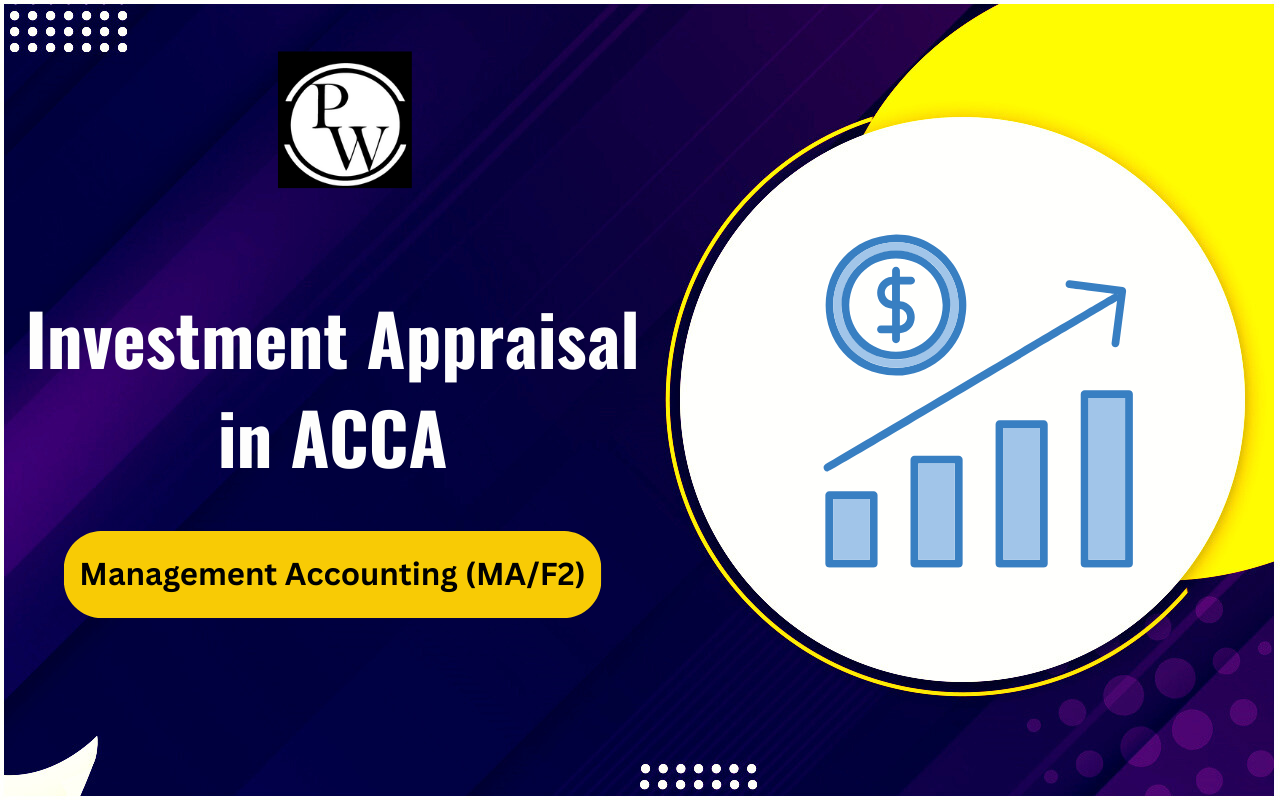
Understanding the intricacies of accounting is essential for CA students aiming for excellence. One such vital concept is Throughput Accounting. It's not just another accounting method but a powerful tool to streamline processes and maximize profitability.
In this article, we’ll delve into the depths of Throughput Accounting, explore its principles, benefits, and how mastering this topic can significantly boost your CA Exam preparation.What is Throughput Accounting?
Throughput Accounting is a modern management accounting approach that focuses on the efficient utilization of resources to maximize the rate at which a company generates money through sales. Unlike traditional accounting methods that emphasize cost-cutting, Throughput Accounting prioritizes increasing throughput - the rate of generating money. This approach is particularly useful for CA students as it aligns with real-world business dynamics and enhances their strategic thinking skills. In the context of CA exam preparation, understanding Throughput Accounting can provide students with a competitive edge. It enables them to analyze business operations critically and propose strategies that can lead to better financial outcomes. By focusing on throughput, students learn to identify and eliminate bottlenecks, ensuring that resources are used most effectively to achieve maximum profitability.Principles of Throughput Accounting
The core principles of Throughput Accounting revolve around three key metrics: throughput, investment, and operational expense.1. Throughput
Throughput measures how quickly your business generates revenue from sales. It's the lifeblood of your business. In Throughput Accounting, the focus is on increasing throughput by optimizing production processes and minimizing bottlenecks.2. Inventory
In traditional accounting, inventory is often seen as an asset. However, in Throughput Accounting, it’s considered a liability. The aim is to reduce inventory levels to free up cash and reduce storage costs. Less inventory means more liquidity and fewer resources tied up in unsold goods.3. Operating Expenses
Operating expenses are the costs incurred to turn inventory into throughput. These include direct labor, overheads, and other costs associated with production. The goal is to keep these expenses as low as possible while maximizing throughput.Also Read: Legal Aspects of Business
Benefits of Throughput Accounting
Throughput Accounting offers several benefits that make it an indispensable tool for CA students and professionals alike.Improved Decision-Making
Throughput Accounting offers managers clear, actionable insights into the production process. By concentrating on throughput – the rate at which products are sold – managers can make decisions that directly impact profitability. This contrasts with traditional methods that often prioritize cost-cutting at the expense of overall efficiency. With TA, decisions are based on enhancing the flow of goods and services, leading to better financial outcomes.Enhanced Operational Efficiency
TA identifies and addresses bottlenecks in the production process, which are the primary constraints that limit throughput. By focusing on these constraints, businesses can streamline their operations and ensure a smoother production flow. This leads to higher output and better utilization of resources. The efficiency gains from this approach mean more products are produced and sold in less time, driving profitability and competitiveness.Better Cash Flow Management
In Throughput Accounting, inventory is considered a liability rather than an asset. High levels of inventory tie up cash and resources, leading to increased storage costs and potential obsolescence. TA encourages businesses to maintain lower inventory levels, thereby freeing up cash that can be reinvested in other areas of the business. This approach not only reduces storage costs but also improves liquidity and financial stability, making the company more agile in responding to market changes.Increased Focus on Profitability
Traditional costing methods often allocate fixed costs arbitrarily, which can obscure the true profitability of different products or services. TA, on the other hand, focuses solely on variable costs – those that change directly with production levels. By highlighting the actual contribution of each product to overall profitability, TA allows businesses to prioritize high-margin products and discontinue those that do not add significant value. This targeted focus on profitability helps in strategic planning and resource allocation.Competitive Advantage
Companies that adopt Throughput Accounting can react more swiftly to market changes and customer demands. The emphasis on reducing bottlenecks and increasing throughput means that businesses can scale up production quickly in response to increased demand. This agility provides a significant competitive edge in fast-paced markets, where the ability to meet customer needs promptly can lead to increased market share and customer loyalty. Enroll in PW CA Courses as it can provide you with the necessary guidance and resources to excel in your understanding and application of Throughput Accounting.| Also Check | |
| Behavioural Finance | Securities Laws and Regulations |
| International Financial Management | Life Cycle Costing |
| Capital Gains Tax | Budgetary Control |
Throughput Accounting FAQs
What is Throughput Accounting?
Throughput Accounting is a management accounting technique that focuses on maximizing the rate at which a business generates money through sales.
How does Throughput Accounting differ from traditional costing methods?
Unlike traditional costing methods that focus on cost minimization, Throughput Accounting emphasizes maximizing throughput and reducing inventory.
Why is inventory considered a liability in Throughput Accounting?
In Throughput Accounting, inventory is seen as a liability because it ties up cash and resources that could be used elsewhere in the business.
How can Throughput Accounting improve decision-making?
By providing clear insights into production efficiency and profitability, Throughput Accounting helps managers make informed decisions.
Why should CA students learn Throughput Accounting?
Mastering Throughput Accounting enhances analytical skills, provides real-world business insights, and opens up more career opportunities for CA students.
Talk to a counsellorHave doubts? Our support team will be happy to assist you!

Check out these Related Articles
Free Learning Resources
PW Books
Notes (Class 10-12)
PW Study Materials
Notes (Class 6-9)
Ncert Solutions
Govt Exams
Class 6th to 12th Online Courses
Govt Job Exams Courses
UPSC Coaching
Defence Exam Coaching
Gate Exam Coaching
Other Exams
Know about Physics Wallah
Physics Wallah is an Indian edtech platform that provides accessible & comprehensive learning experiences to students from Class 6th to postgraduate level. We also provide extensive NCERT solutions, sample paper, NEET, JEE Mains, BITSAT previous year papers & more such resources to students. Physics Wallah also caters to over 3.5 million registered students and over 78 lakh+ Youtube subscribers with 4.8 rating on its app.
We Stand Out because
We provide students with intensive courses with India’s qualified & experienced faculties & mentors. PW strives to make the learning experience comprehensive and accessible for students of all sections of society. We believe in empowering every single student who couldn't dream of a good career in engineering and medical field earlier.
Our Key Focus Areas
Physics Wallah's main focus is to make the learning experience as economical as possible for all students. With our affordable courses like Lakshya, Udaan and Arjuna and many others, we have been able to provide a platform for lakhs of aspirants. From providing Chemistry, Maths, Physics formula to giving e-books of eminent authors like RD Sharma, RS Aggarwal and Lakhmir Singh, PW focuses on every single student's need for preparation.
What Makes Us Different
Physics Wallah strives to develop a comprehensive pedagogical structure for students, where they get a state-of-the-art learning experience with study material and resources. Apart from catering students preparing for JEE Mains and NEET, PW also provides study material for each state board like Uttar Pradesh, Bihar, and others
Copyright © 2025 Physicswallah Limited All rights reserved.
Get App









